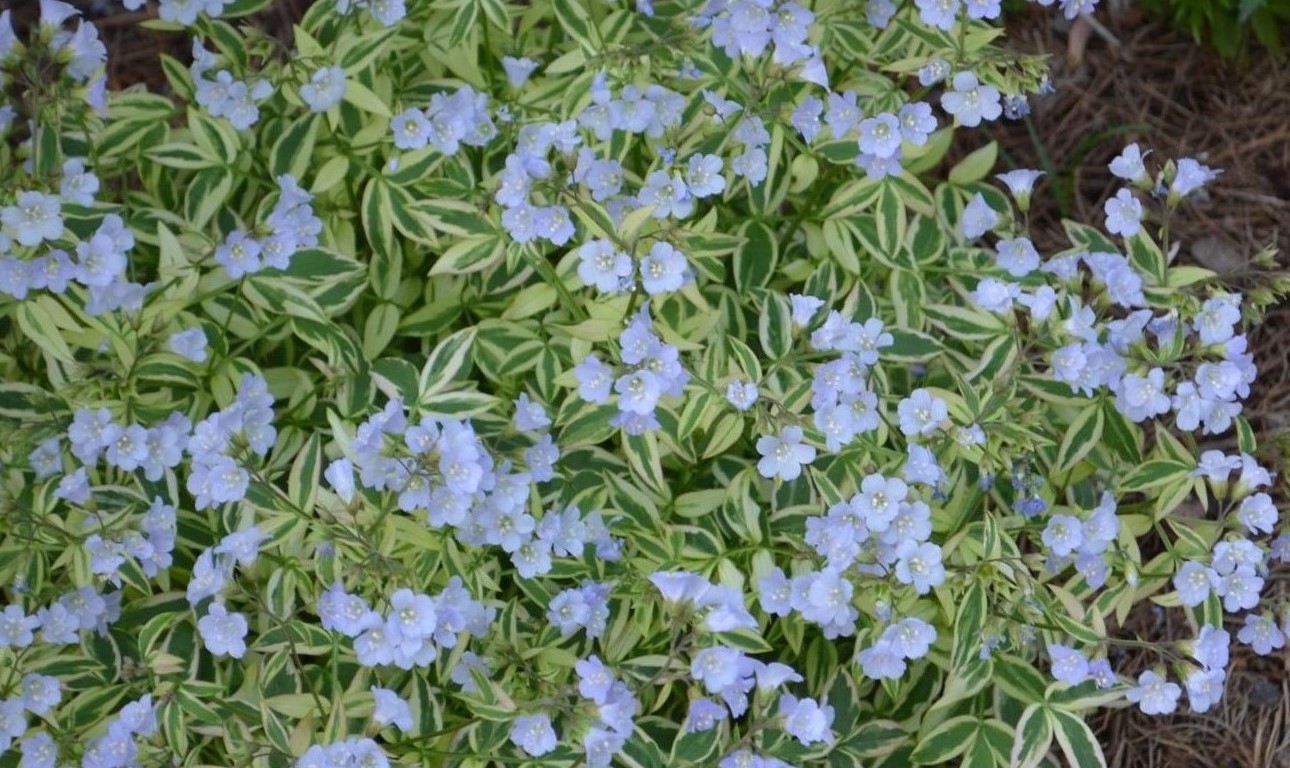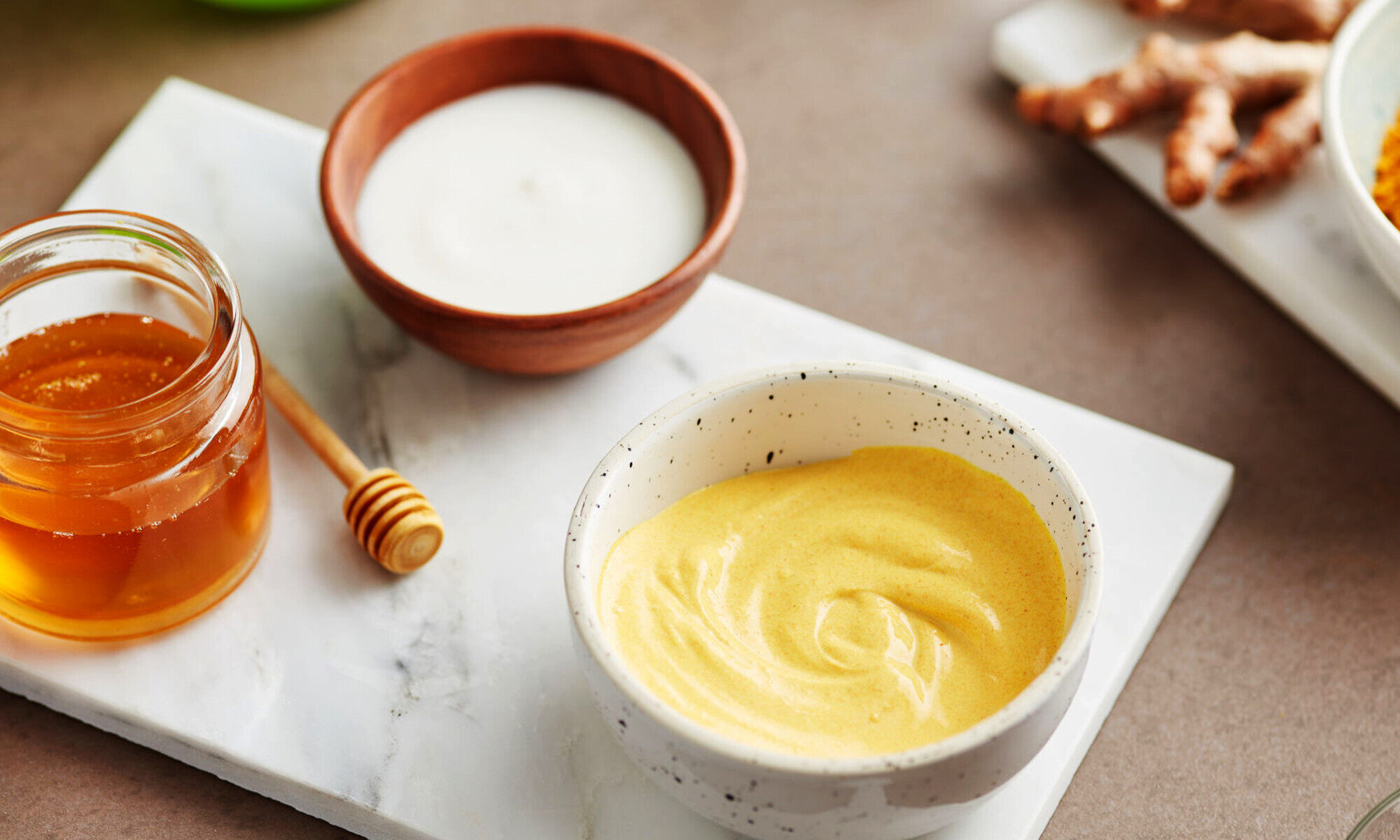
When it comes to fascinating plants, Jacob’s Ladder (Polemonium) takes center stage. This enchanting perennial herb, named after the biblical ladder that connected heaven and earth, boasts an array of captivating features that are sure to leave you in awe. From its intricate fern-like foliage to its vibrant flowers that seem to climb skyward, Jacob’s Ladder is a true botanical marvel.
In this article, we will delve into the world of Jacob’s Ladder and explore 17 intriguing facts about this unique plant. Whether you are a gardening enthusiast, a nature lover, or simply curious about the wonders of the plant kingdom, prepare to be amazed by the enchanting qualities of Jacob’s Ladder. Join us as we unravel the mysteries behind its name, discover its medicinal properties, and uncover the secrets of its mesmerizing blooms.
Key Takeaways:
- Jacob’s Ladder, a beautiful perennial plant, symbolizes hope and spiritual ascension, attracting beneficial pollinators and captivating artists and writers throughout history.
- With its unique flower structure and low-maintenance nature, Jacob’s Ladder adds elegance to gardens, while its roots have been used in folk medicine for centuries.
Jacob’s Ladder gets its name from a biblical story.
Did you know that the term “Jacob’s Ladder” originated from the Book of Genesis in the Bible? In the story, Jacob dreams of a ladder that connects heaven and earth, symbolizing the connection between God and humanity.
Jacob’s Ladder is a popular perennial flowering plant.
The Jacob’s Ladder plant, scientifically known as Polemonium caeruleum, is a stunning perennial that is well-loved by gardeners for its delicate, showy flowers and fern-like foliage. It adds a touch of elegance to any garden or landscape.
The blooms of Jacob’s Ladder resemble a ladder.
One of the most intriguing aspects of Jacob’s Ladder is its unique flower structure. The clusters of bell-shaped flowers hang in a way that resembles the rungs of a ladder, adding to its charm and mystery.
Jacob’s Ladder is native to Europe and Asia.
Originally found in regions of Europe and Asia, Jacob’s Ladder has been widely cultivated and naturalized in various parts of the world due to its beauty and adaptability. It has become a favorite in many gardens across North America.
Jacob’s Ladder is a low-maintenance plant.
If you’re a beginner gardener or simply love low-maintenance plants, Jacob’s Ladder is a great choice. It is relatively easy to grow, tolerates various soil conditions, and requires minimal care once established.
The leaves of Jacob’s Ladder have a unique arrangement.
The foliage of Jacob’s Ladder is known for its distinct arrangement. The leaflets, typically arranged in pairs along a central stem, create a ladder-like pattern, which further reinforces its symbolic association with its biblical namesake.
Jacob’s Ladder blooms in late spring to early summer.
One of the highlights of Jacob’s Ladder is its vibrant blooming season. In late spring to early summer, the plant produces an abundance of beautiful, fragrant flowers that attract bees, butterflies, and other pollinators.
Jacob’s Ladder is deer-resistant.
Deer can be a major nuisance in gardens, but fortunately, Jacob’s Ladder is not on their menu. This plant has the advantage of being deer-resistant, making it a reliable choice for those living in areas prone to deer grazing.
Jacob’s Ladder has both medicinal and culinary uses.
Beyond its aesthetic appeal, Jacob’s Ladder has been used for its medicinal properties for centuries. It is believed to have antioxidant, anti-inflammatory, and diuretic effects. Additionally, some cultures use the plant in salads or as an herbal tea.
The scientific name of Jacob’s Ladder has an interesting origin.
The scientific name of Jacob’s Ladder, Polemonium caeruleum, comes from the Greek words “polemos” meaning “war” and “caeruleum” meaning “blue.” This is reflective of the plant’s blue-colored flowers and may refer to its use in traditional herbal remedies for battle wounds.
Jacob’s Ladder is a source of inspiration for artists and writers.
Throughout history, Jacob’s Ladder has captured the imagination of artists and writers alike. Its symbolism of the connection between heaven and earth, as well as its unique beauty, has been depicted in various forms of art, literature, and poetry.
Jacob’s Ladder can be grown in containers.
If you have limited space or prefer container gardening, you’ll be pleased to know that Jacob’s Ladder can thrive in pots and planters. This allows you to enjoy its beauty even in small gardens, balconies, or patios.
The roots of Jacob’s Ladder have been used in folk medicine.
In traditional folk medicine, the roots of Jacob’s Ladder have been used to treat various ailments, including respiratory conditions, digestive issues, and skin irritations. However, it is important to note that proper medical advice should always be sought.
Jacob’s Ladder attracts beneficial pollinators.
By planting Jacob’s Ladder in your garden, you not only bring beauty but also attract beneficial pollinators such as bees and butterflies. These insects play a crucial role in the pollination of plants, contributing to the overall health of your garden ecosystem.
Jacob’s Ladder is a symbol of hope and ascension.
Just like the biblical story that inspired its name, Jacob’s Ladder is often associated with hope and spiritual ascension. Its upward growth and delicate beauty serve as a reminder that there is always a path to elevate our minds and spirits.
Jacob’s Ladder has been used in folklore and mythology.
Jacob’s Ladder holds a special place in folklore and mythology across different cultures. It has been associated with love, protection, and even used as a symbol of a bridge between the mortal and spiritual realms.
Jacob’s Ladder is a popular choice for cottage gardens.
If you adore the charm and nostalgia of cottage gardens, Jacob’s Ladder is an ideal addition. Its delicate flowers, lush foliage, and old-world aesthetic make it a standout plant in this whimsical style of gardening.
As we conclude our exploration of the 17 captivating facts about Jacob’s Ladder, it becomes clear that this perennial plant not only enchants us with its beauty but also holds a rich cultural and symbolic significance. Whether you choose to grow it in your garden for its aesthetic appeal or appreciate it for its spiritual connotations, Jacob’s Ladder is a truly captivating plant that continues to inspire and fascinate us.
Conclusion
In conclusion, Jacob’s Ladder is a fascinating plant with a rich history and a wide array of uses. From its biblical significance to its unique growth pattern, this plant has captured the attention of people for centuries. Whether you’re a gardening enthusiast, a history buff, or simply interested in nature’s wonders, exploring the world of Jacob’s Ladder is sure to leave you captivated and intrigued. So, next time you come across this extraordinary plant, take a moment to appreciate its beauty and significance.
FAQs
Q: What is the biblical significance of Jacob’s Ladder?
A: According to the Bible, Jacob’s Ladder refers to the ladder that Jacob saw in his dream, connecting heaven and earth. It is seen as a symbol of communication between God and mankind.
Q: How does Jacob’s Ladder get its name?
A: The name “Jacob’s Ladder” comes from the arrangement of its leaflets, resembling the rungs of a ladder, which can be seen when the leaves are fully expanded.
Q: What are the medicinal uses of Jacob’s Ladder?
A: Jacob’s Ladder has been used in traditional medicine for its anti-inflammatory, diuretic, and sedative properties. It has been utilized to treat various ailments such as arthritis, respiratory issues, and digestive disorders.
Q: Can Jacob’s Ladder be grown in a home garden?
A: Yes, Jacob’s Ladder can be successfully grown in a home garden. It prefers partial shade and moist, well-drained soil. With the right conditions, it can become a lovely addition to your garden and attract pollinators.
Q: Is Jacob’s Ladder invasive?
A: While Jacob’s Ladder is not considered invasive, it may self-seed and spread if left unchecked. Regular monitoring and control measures can help maintain its growth and prevent it from becoming overly abundant.
Captivated by Jacob's Ladder? Unravel more surprises about this intriguing plant, from its symbolic significance to little-known facts. Explore the movie that shares its name, delving into the film's thought-provoking themes and unexpected twists. Satisfy your curiosity with a wealth of knowledge waiting to be discovered.
Was this page helpful?
Our commitment to delivering trustworthy and engaging content is at the heart of what we do. Each fact on our site is contributed by real users like you, bringing a wealth of diverse insights and information. To ensure the highest standards of accuracy and reliability, our dedicated editors meticulously review each submission. This process guarantees that the facts we share are not only fascinating but also credible. Trust in our commitment to quality and authenticity as you explore and learn with us.


